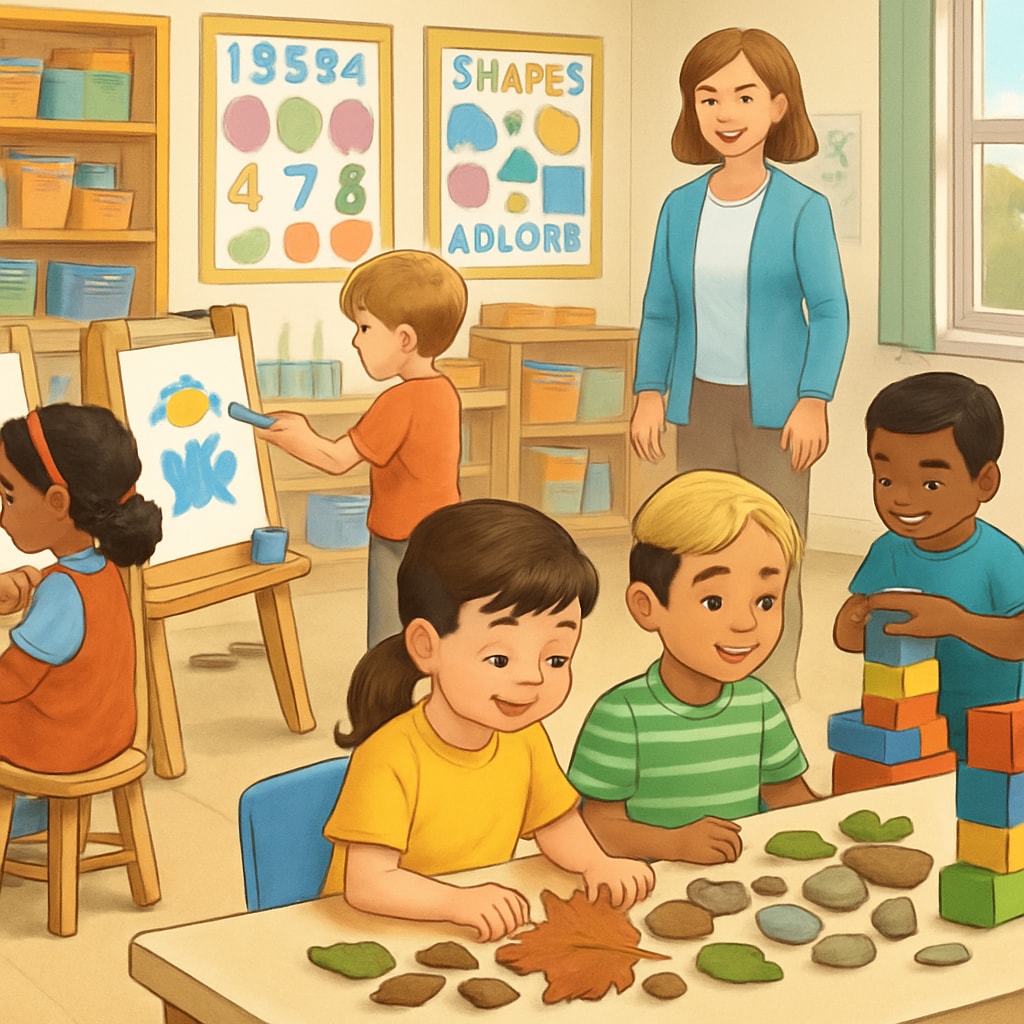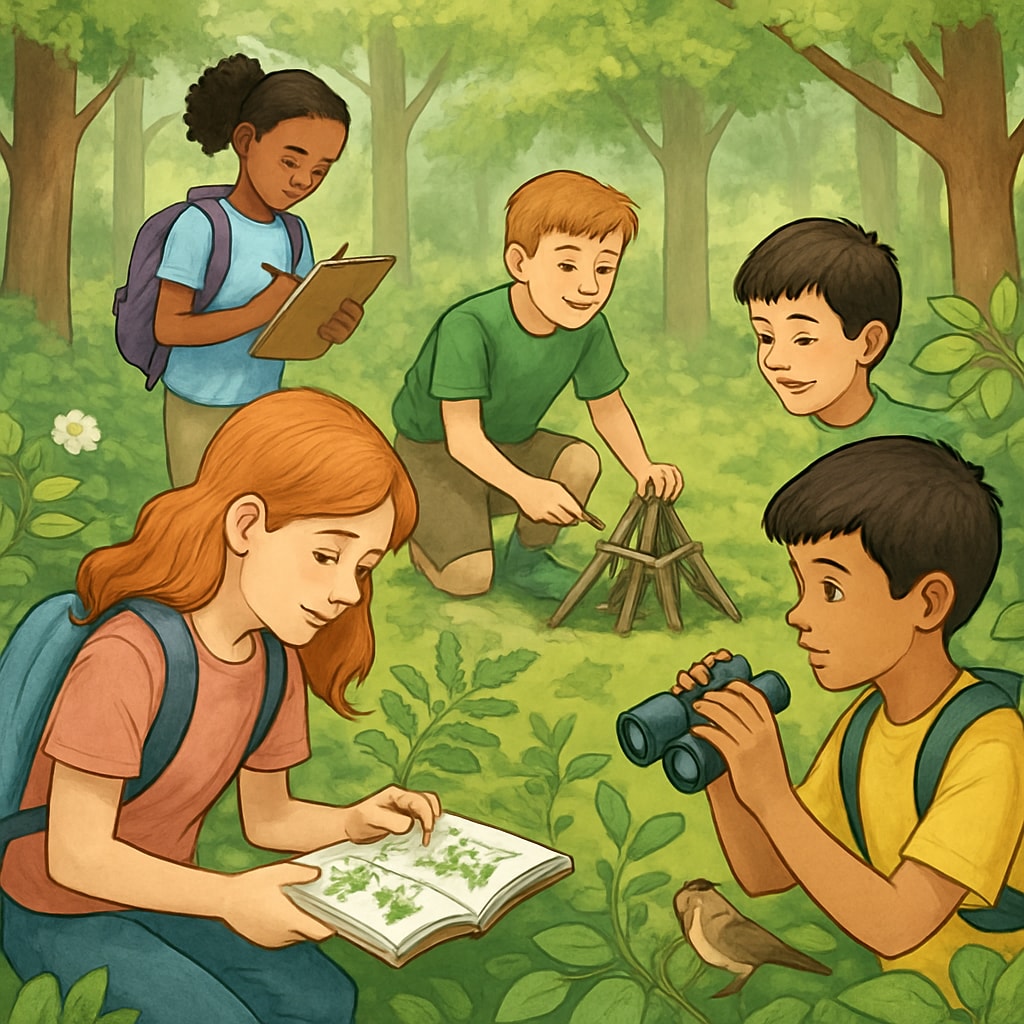For families with creative four-year-olds, finding the right education path can be a challenge. Traditional schooling methods may not cater to these young minds bursting with imagination and curiosity. If your child thrives on exploration and unconventional learning, it’s time to consider alternatives that celebrate their individuality. This article explores how to choose an education approach that nurtures creativity, supports cognitive development, and respects their unique learning style.
Understanding the Needs of Creative Four-Year-Olds
Creativity in young children often manifests as curiosity, innovation, and a love for problem-solving. However, many traditional education systems prioritize structure and memorization, which can stifle these traits. A creative four-year-old needs an environment that encourages exploration and allows them to think outside the box.
For example, Montessori and Reggio Emilia schools emphasize child-led learning, where children explore topics at their own pace. These approaches allow kids to follow their passions, build confidence, and develop critical thinking skills. Additionally, homeschooling can provide parents with the flexibility to design lessons around their child’s interests.

Key Considerations for Education Choices
When selecting an educational path, consider the following factors:
- Learning Style: Is your child a visual, auditory, or kinesthetic learner? Tailor their education to match their strengths.
- Interests: Does your child love art, music, or science experiments? Incorporate these elements into their learning.
- Flexibility: Seek programs that adapt to your child’s evolving needs and interests.
For instance, a child who enjoys storytelling might thrive in a program that integrates creative writing and drama. Meanwhile, a child fascinated by nature might benefit from outdoor learning environments like forest schools. These alternatives provide hands-on experiences that align with their passions.

Fostering Creativity at Home
In addition to formal education, parents play a pivotal role in nurturing creativity. Here are some practical strategies:
- Provide Open-Ended Materials: Offer resources like clay, crayons, and building blocks to encourage imaginative play.
- Create a Safe Space: Allow your child to experiment and make mistakes without fear of judgment.
- Encourage Curiosity: Answer their questions thoughtfully and explore topics together.
Moreover, incorporating art and music into daily routines can significantly enhance a child’s creative abilities. Research has shown that early exposure to the arts improves cognitive and emotional development (Art Theory on Britannica). Similarly, hands-on activities like cooking or gardening can teach practical skills while stimulating creativity.
Balancing Creativity with Structure
While fostering creativity is essential, some structure is necessary to prepare children for future academic and social challenges. Striking the right balance involves setting clear boundaries while allowing flexibility. For example:
- Create a daily routine that includes time for free play and structured learning.
- Use positive reinforcement to encourage discipline and focus.
- Gradually introduce collaborative activities to build social skills.
Programs like Waldorf education blend creative exploration with structured learning, offering a holistic approach that respects a child’s individuality while preparing them for the real world (Waldorf Education on Wikipedia).
Conclusion: A Path as Unique as Your Child
Finding the right education for a creative four-year-old requires patience, research, and a willingness to think outside the box. By understanding their needs, exploring alternative education models, and fostering creativity at home, you can help your child thrive. Remember, the goal isn’t to fit them into a mold but to provide an environment where their unique talents can flourish. With the right approach, your creative four-year-old can embark on a learning journey as extraordinary as they are.
In the end, creativity is a gift. By nurturing it, you’re not just preparing your child for school—you’re preparing them for life.


